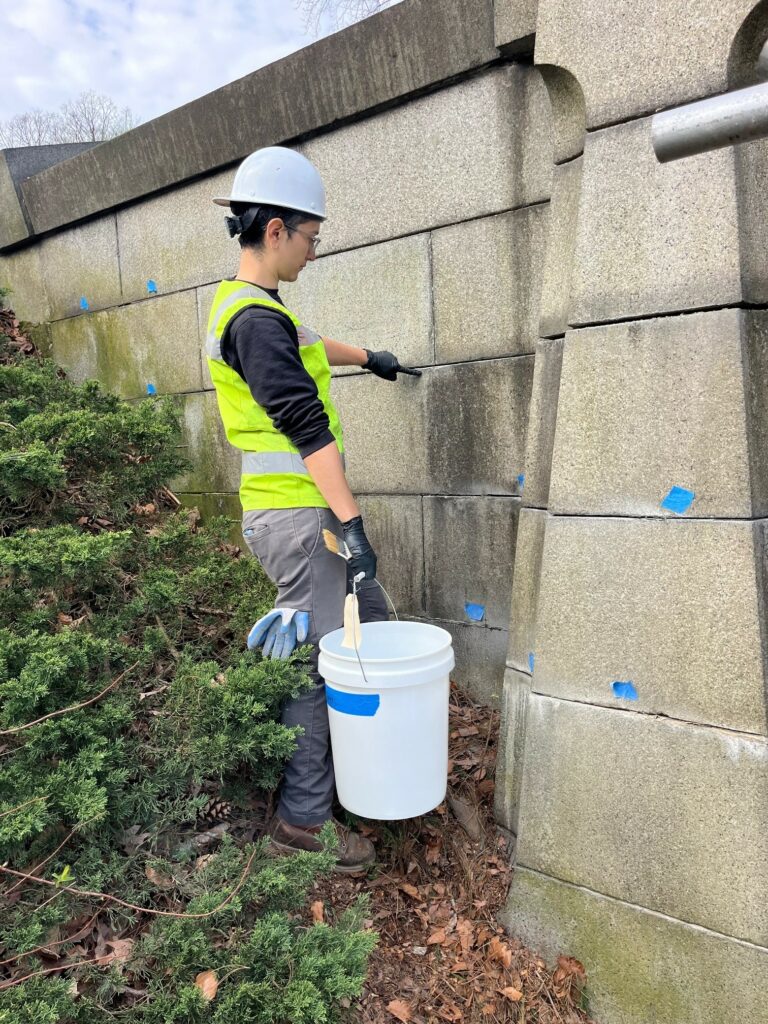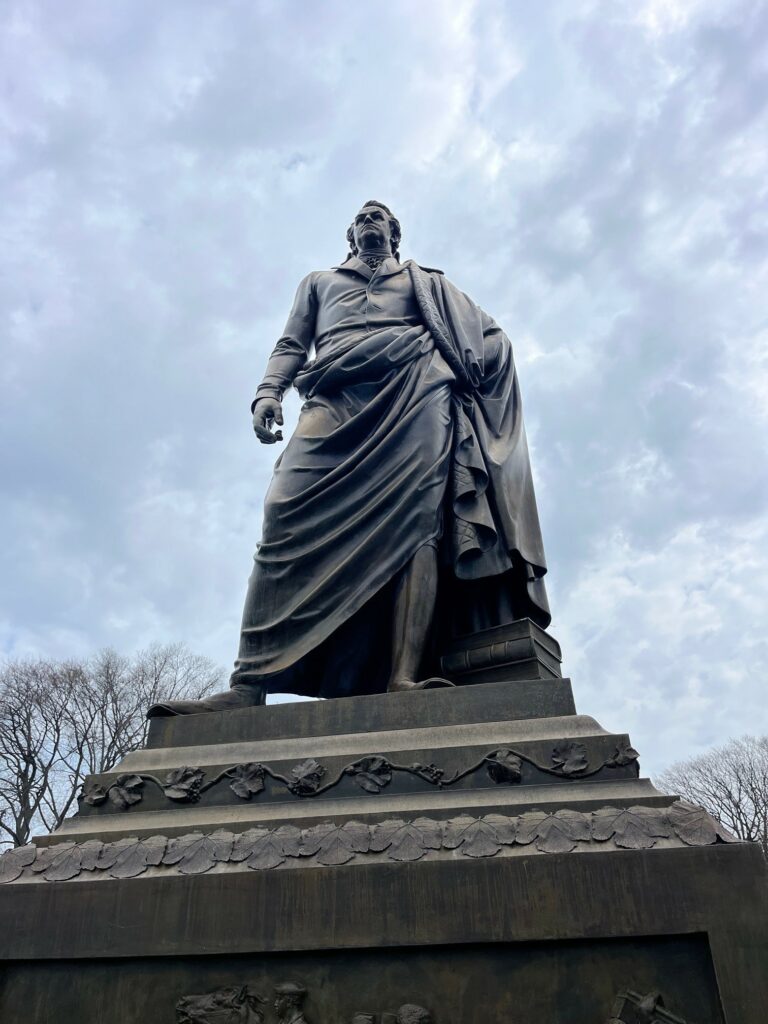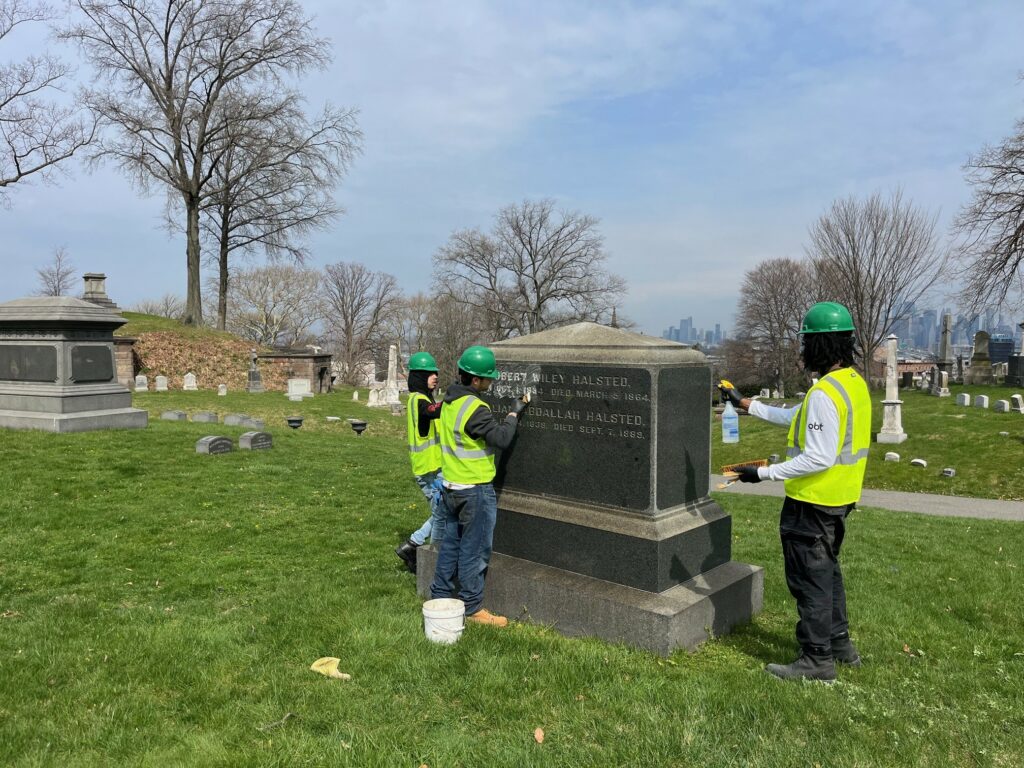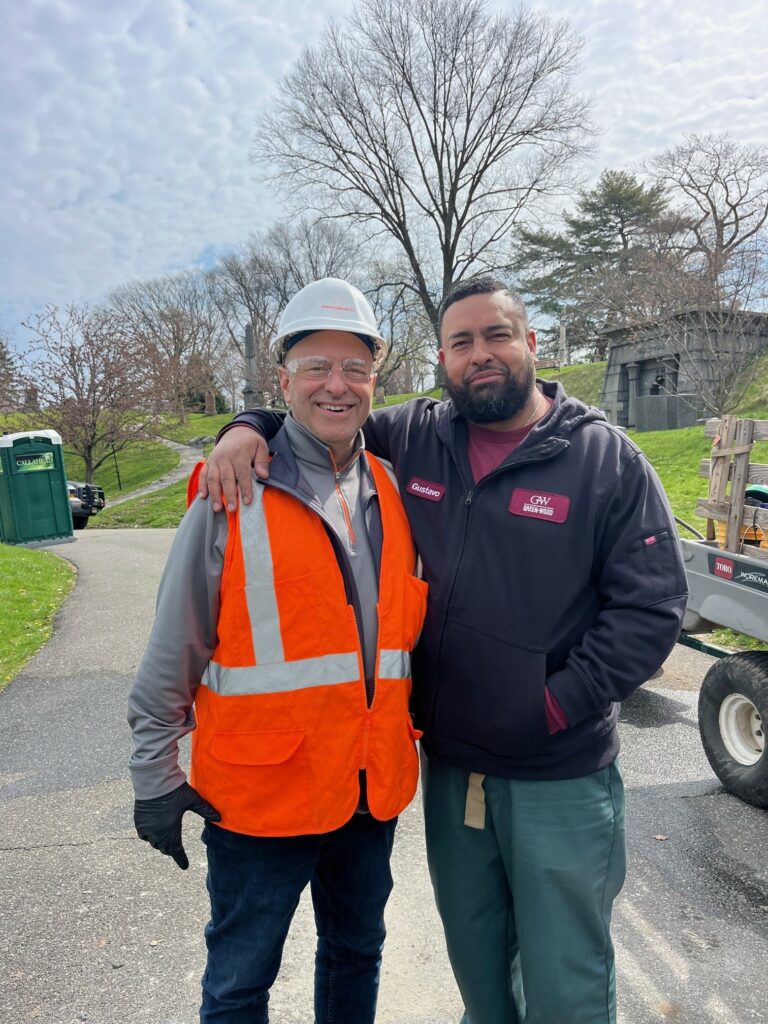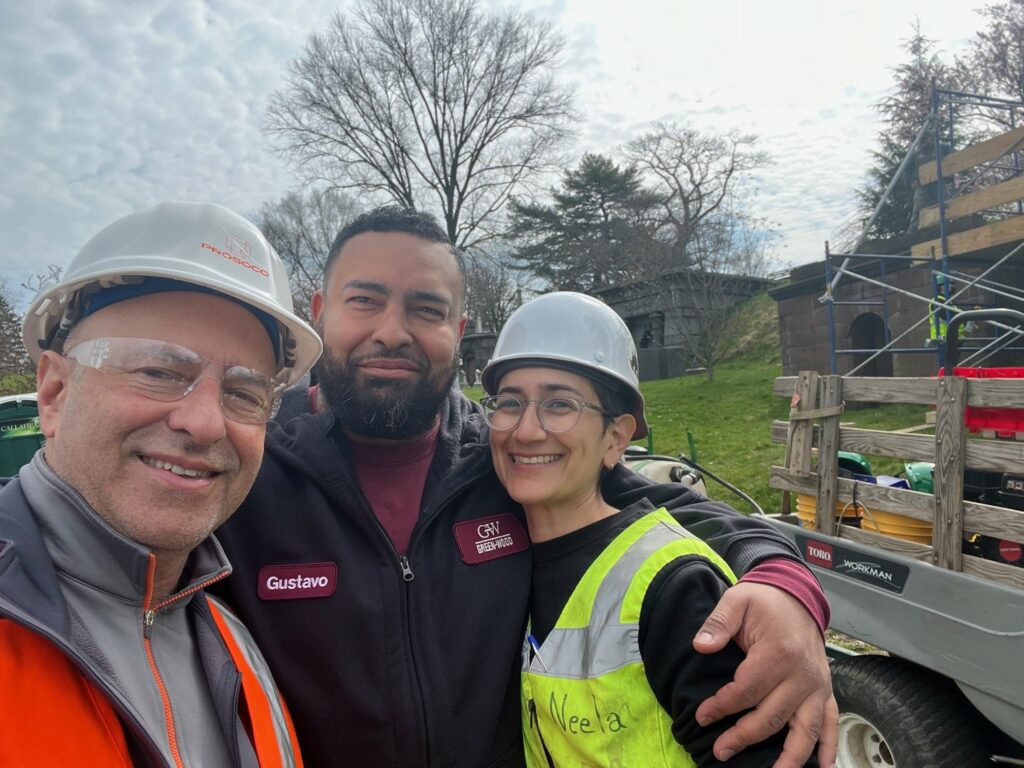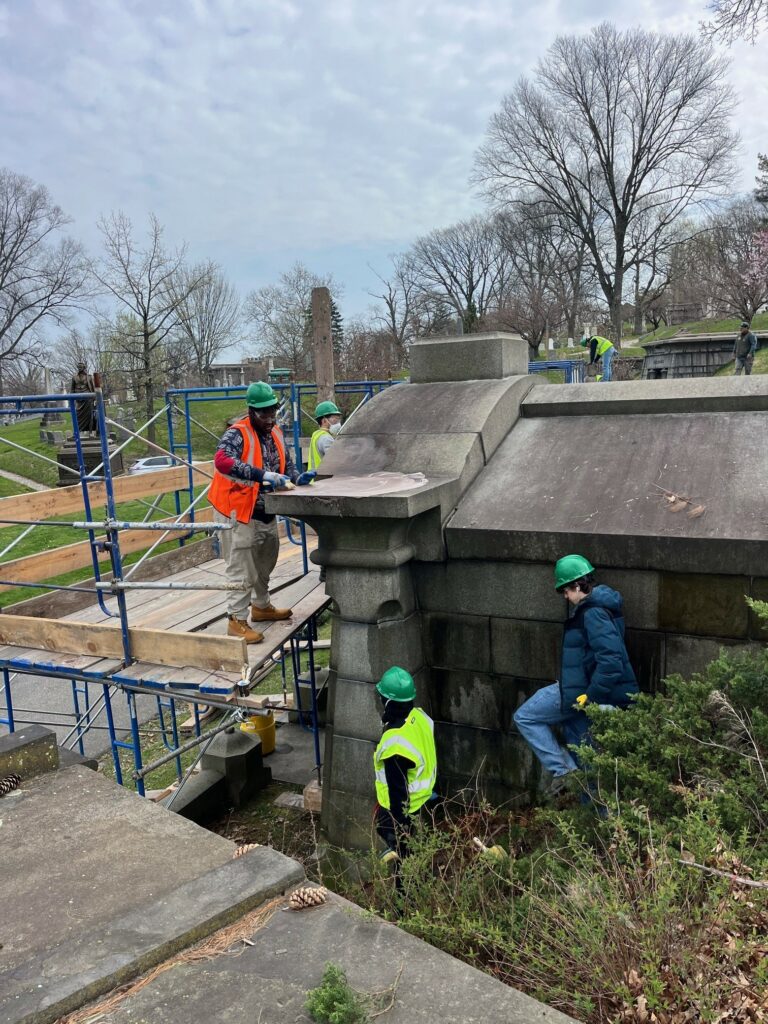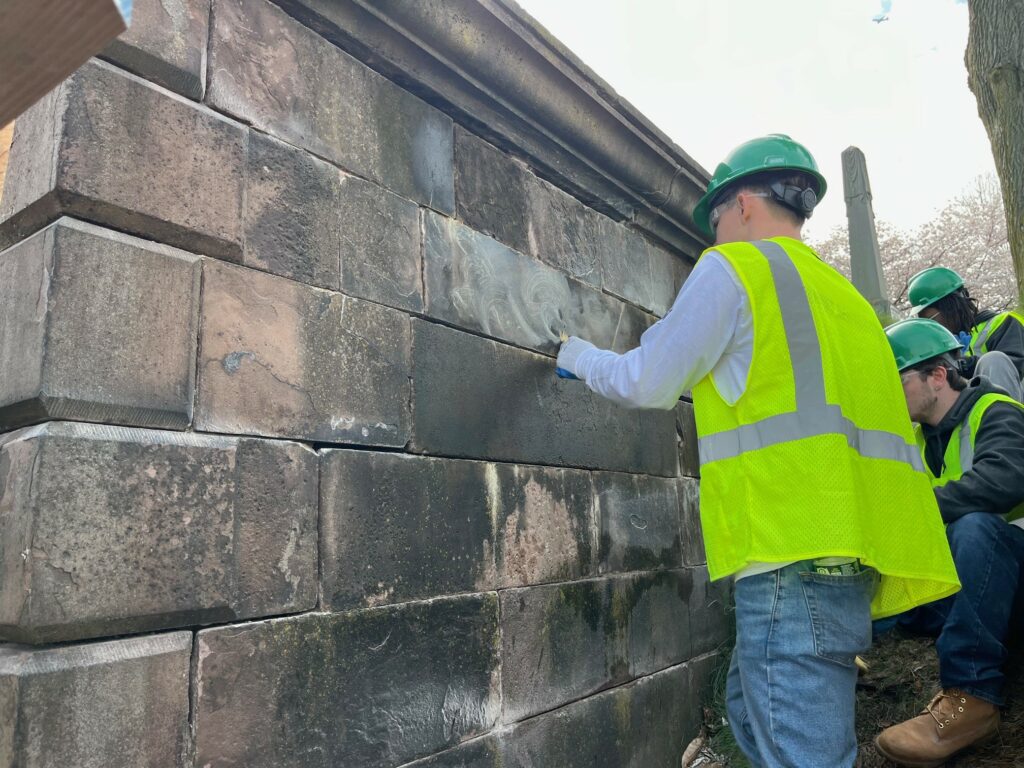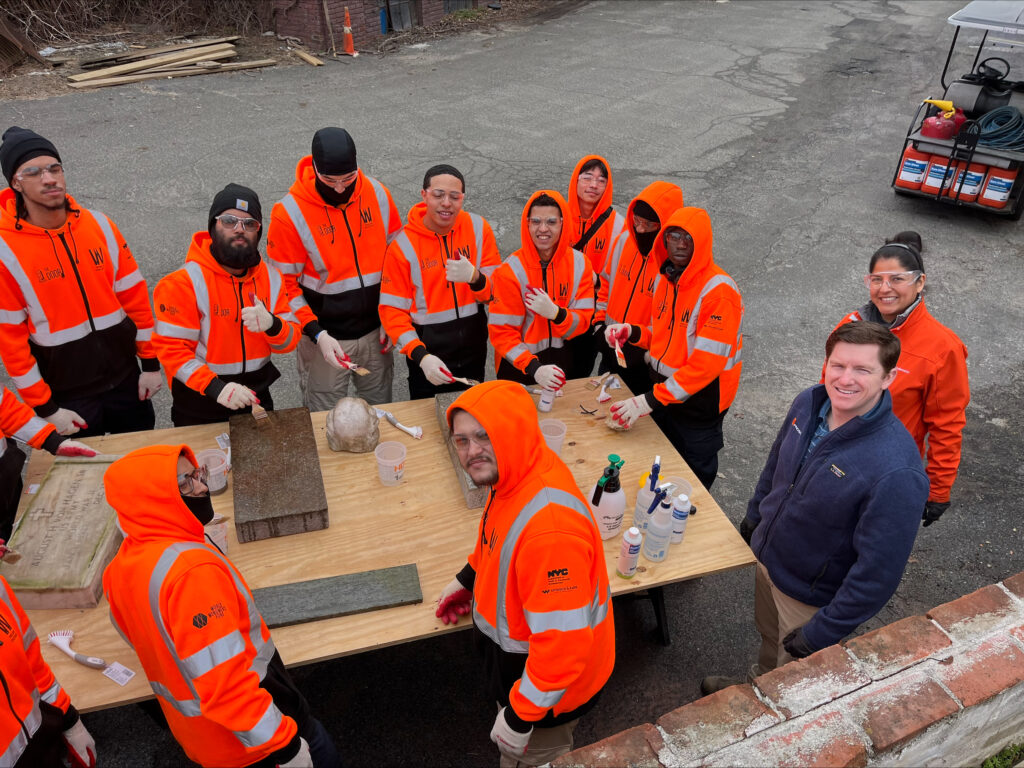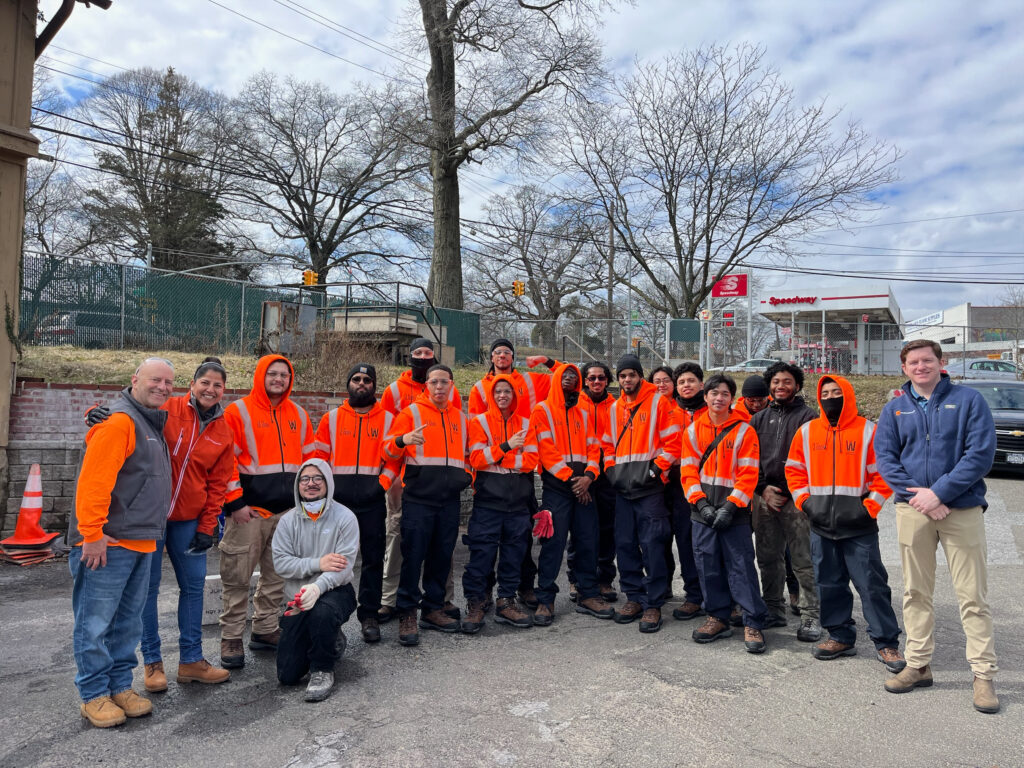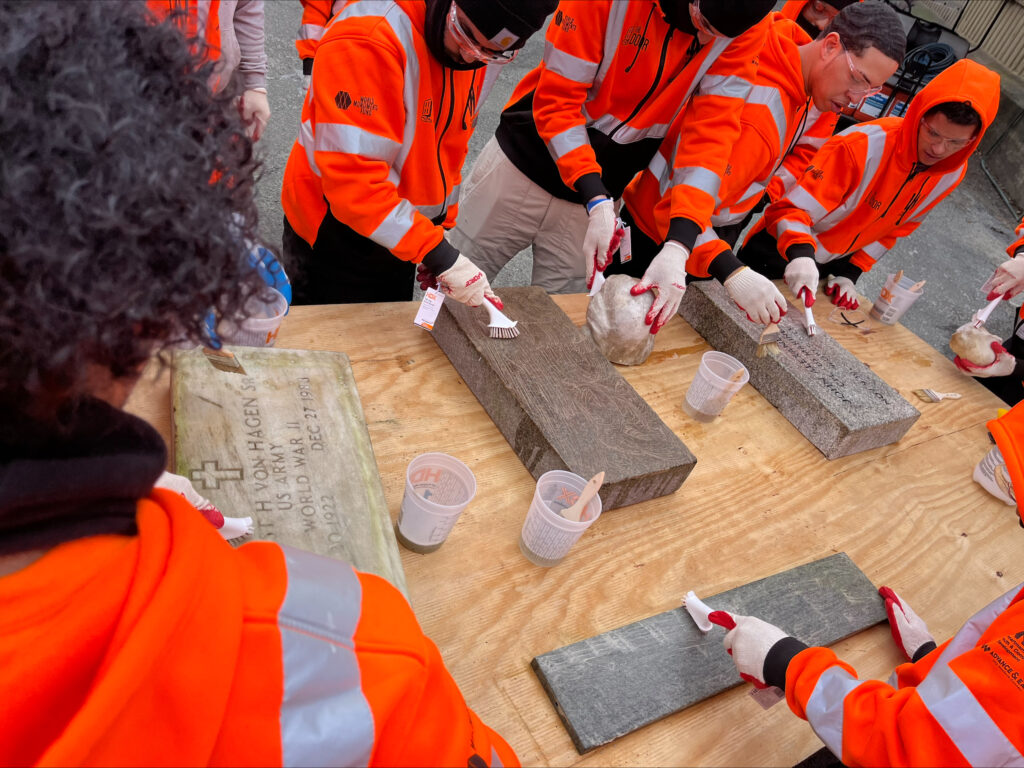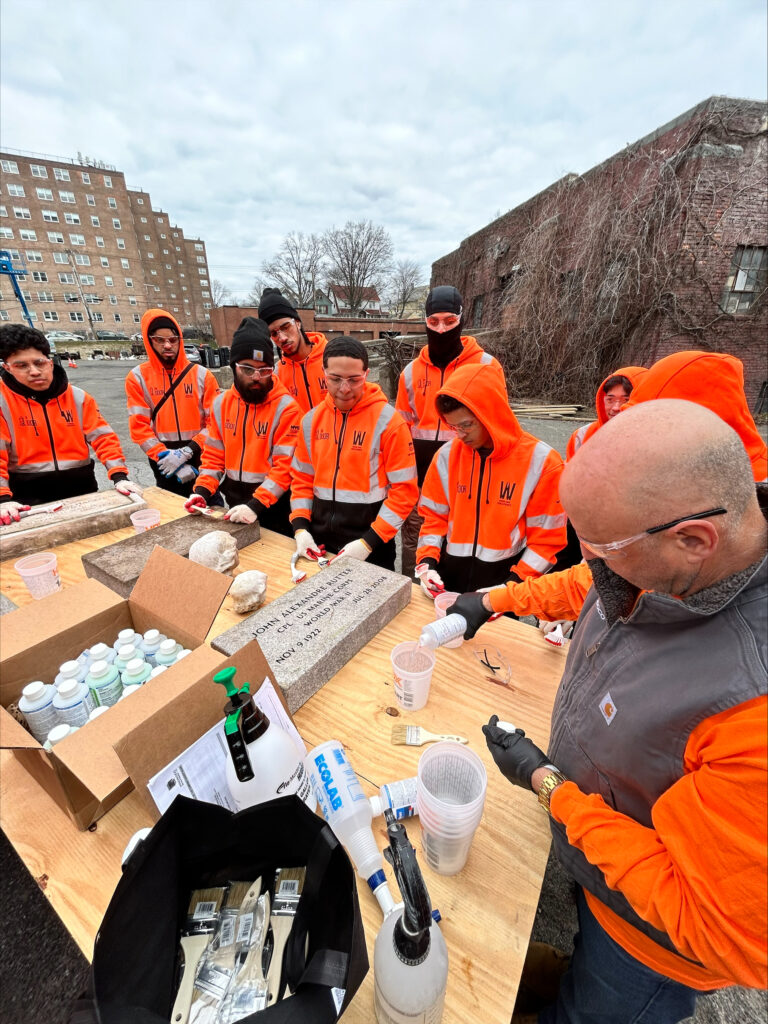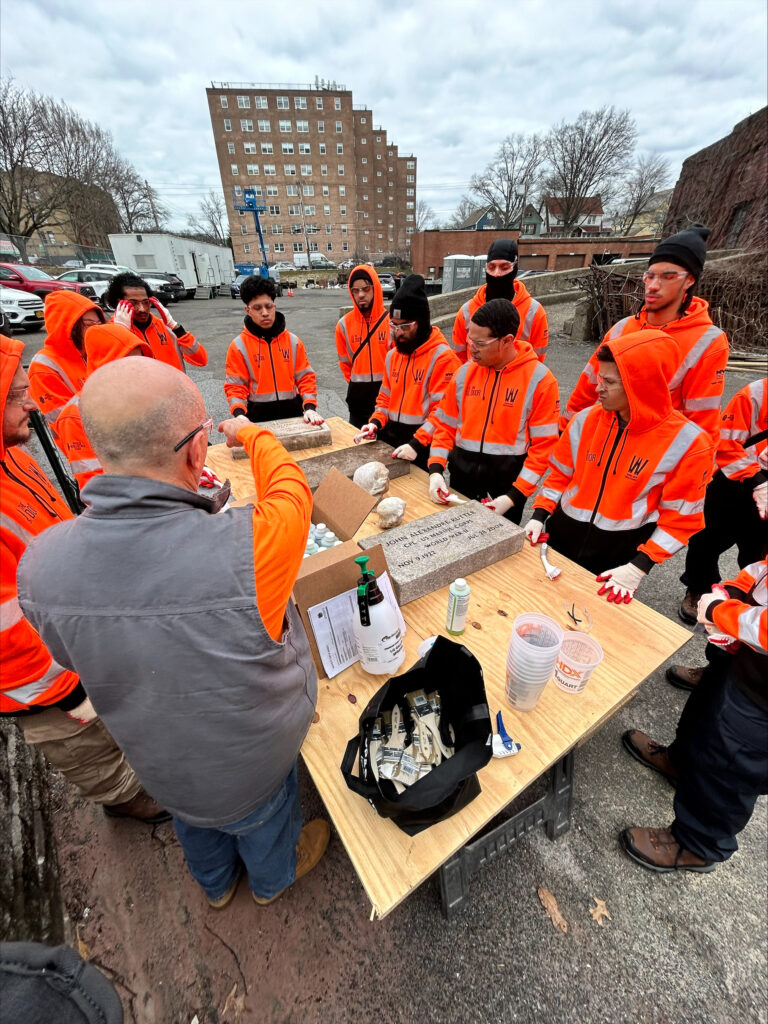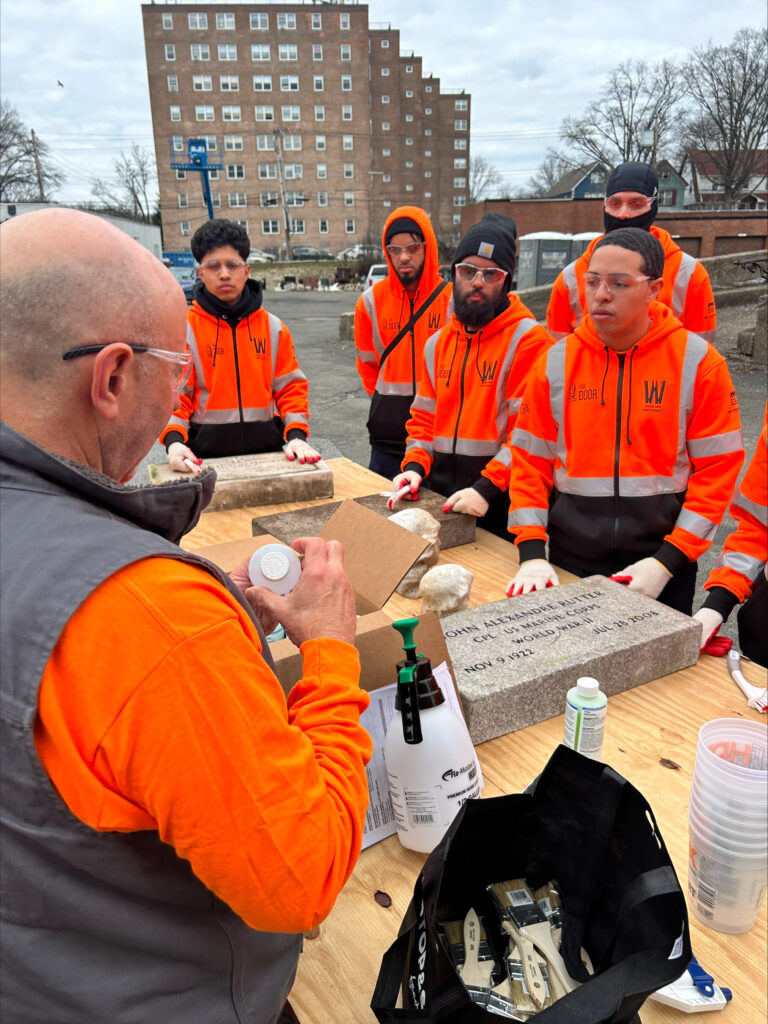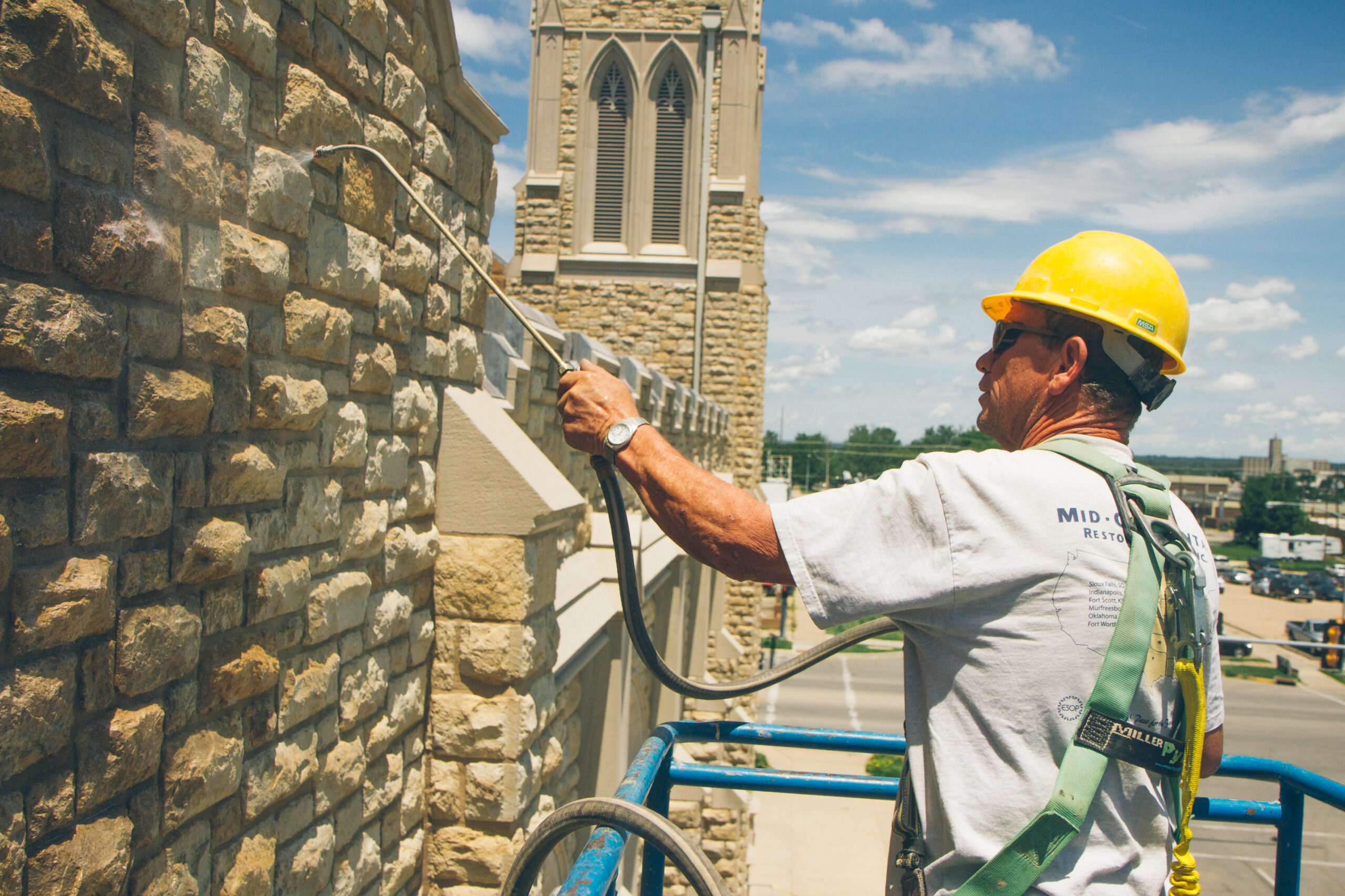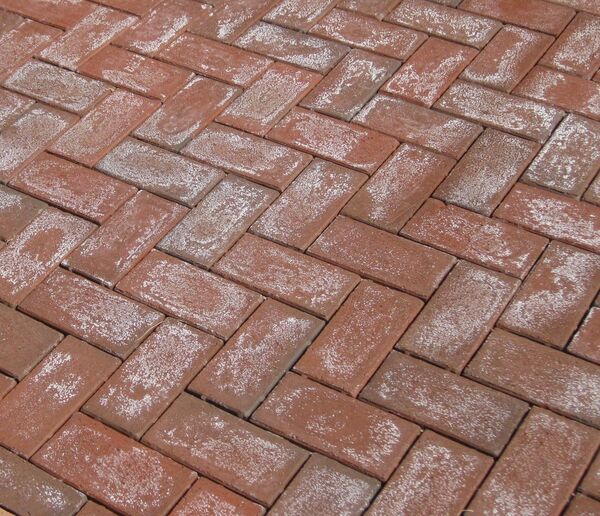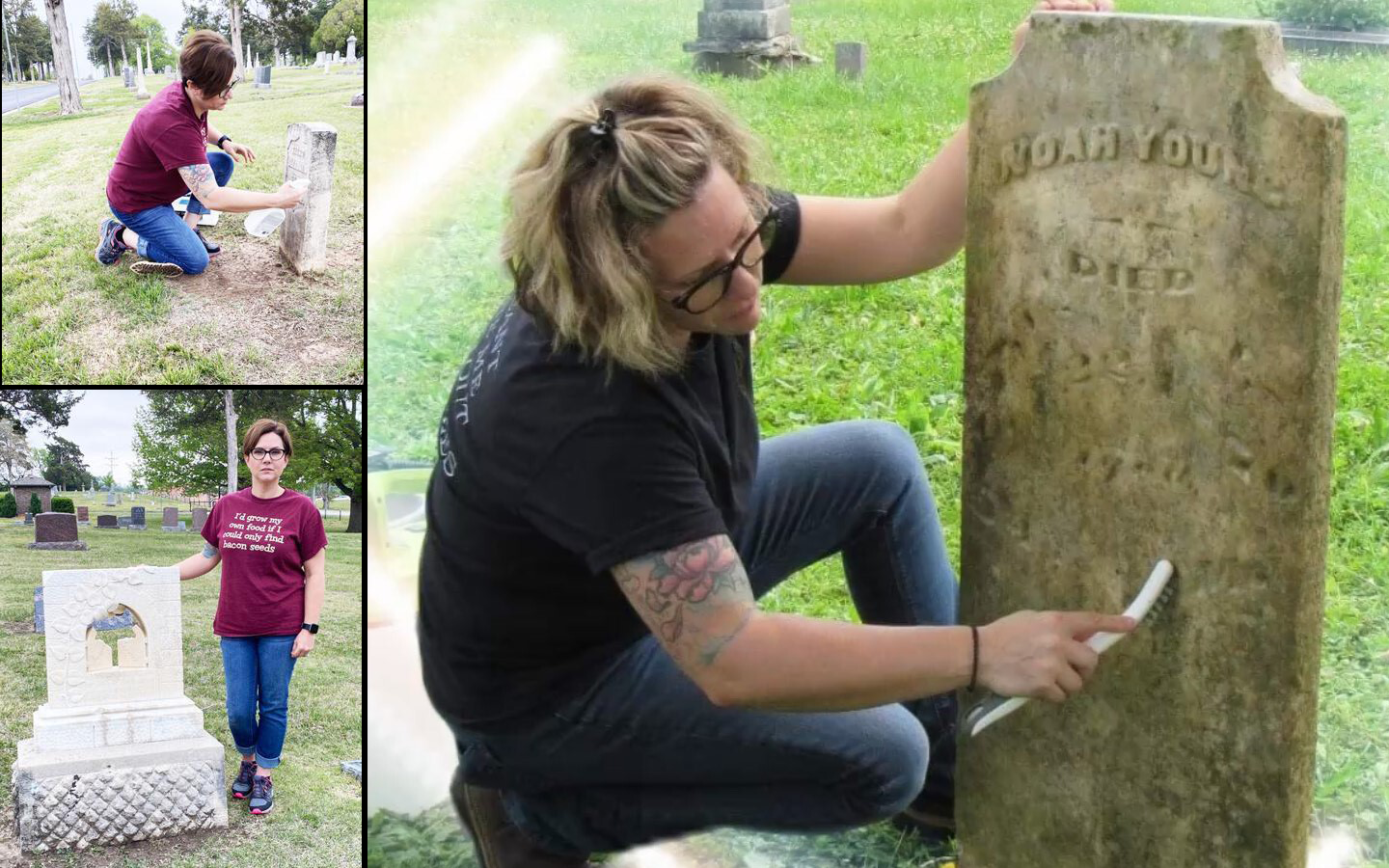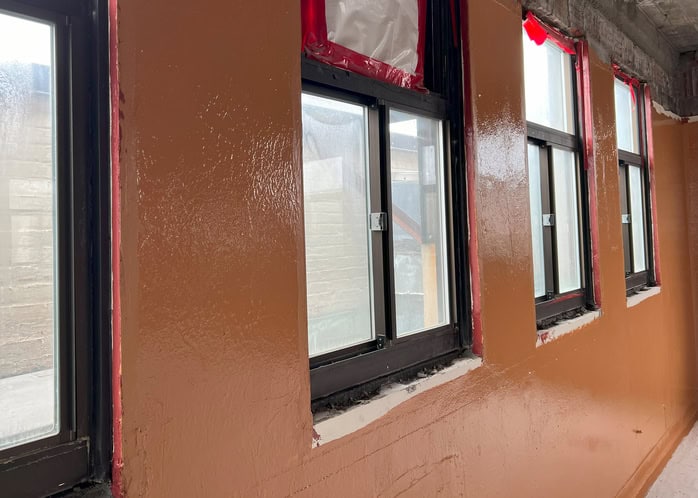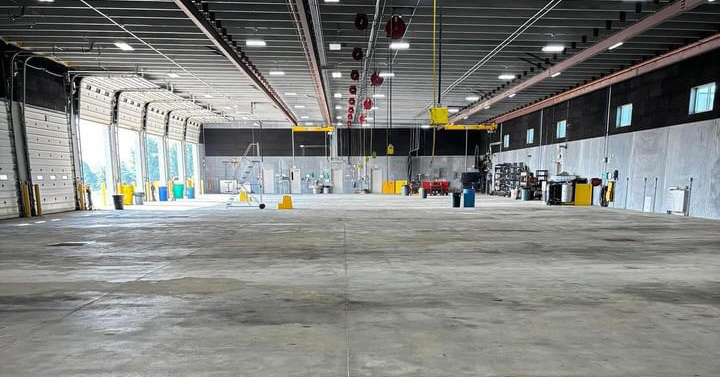In New York City, a dedicated group of volunteers is working to educate young people about the opportunities available in specialized construction trades. One of those groups is Bridge to Crafts Careers, a pre-apprentice initiative from the World Monuments Fund and the International Masonry Institute.
It started humbly in 2015 with a pilot 10-week program for underserved young people to learn and execute masonry preservation and restoration techniques at The Woodlawn Cemetery in the Bronx. The idea later grew to include a similar program at Green-Wood Cemetery in Brooklyn. Both cemeteries are National Historic Landmarks, the top designation of any historic site.
“They wanted a way for skilled craftspeople to be trained in masonry restoration so that the construction industry would have an applicant pool of trained individuals ready to work on the thousands of historic structures in need of restoration,” said Neela Wickremesinghe, architectural conservator at Green-Wood Cemetery.
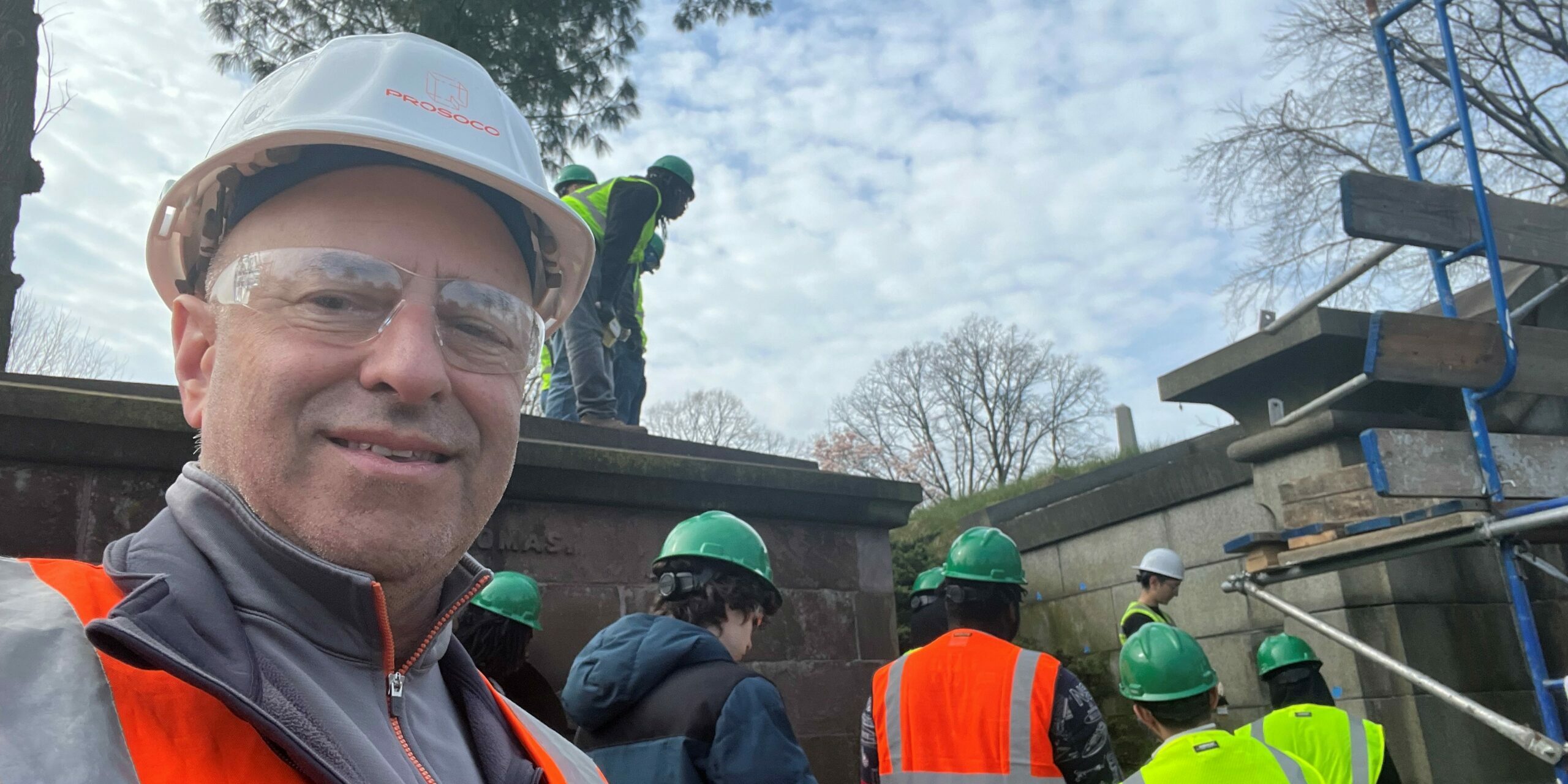
“They were a really enthusiastic group of young students, which was great. I love enthusiasm. I love to see young people learning this industry.”
Guy Mazza
NYC Regional Sales Manager for PROSOCO
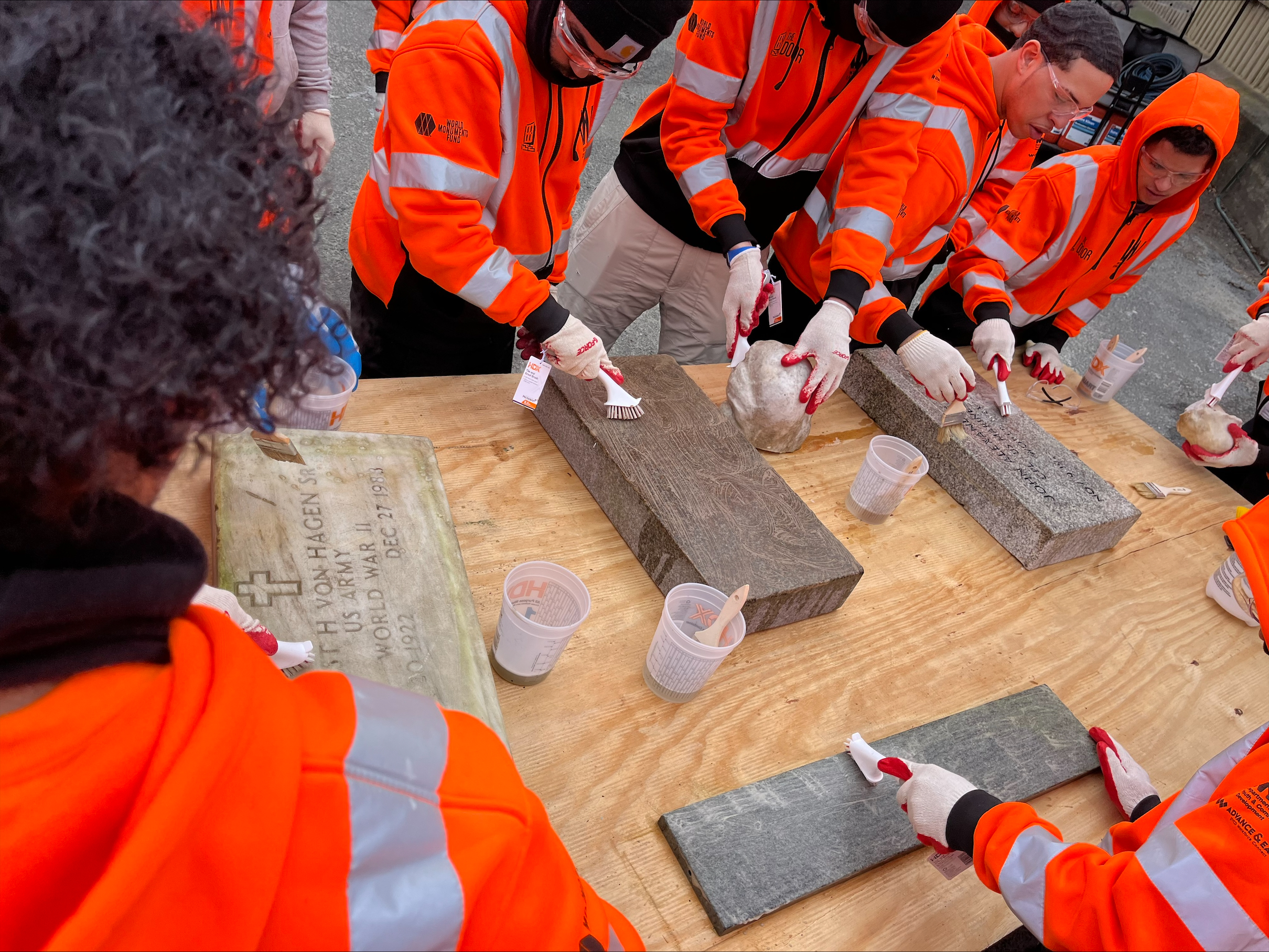
Here's how it works
Program staff from all organizations recruit young people, aged 18-24, from community centers, churches, trade schools, etc., to apply for the paid, 10-week, masonry apprenticeship.
Interested individuals attend an orientation, take a TABE test on reading and math, and have a one-on-one interview with cemetery staff. For this year’s apprenticeship at Green-Wood, more than 100 applicants competed for 10 spots.
The program kicks off with classroom lessons about masonry identification, stains and soiling.
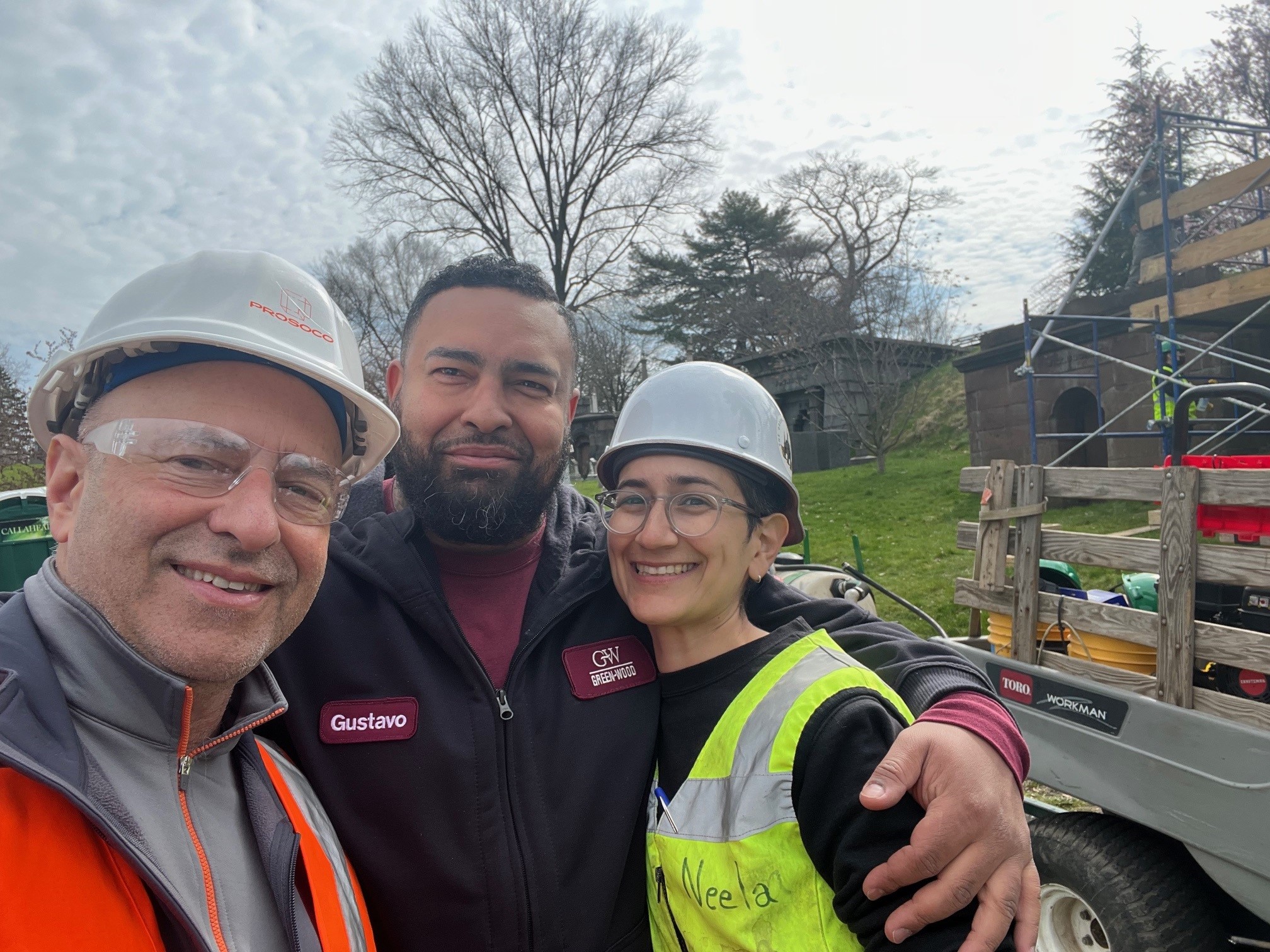
Then the education goes outside, to the cemeteries’ thousands of headstones, mausoleums and obelisks in need of restoration.
"The students were so enthusiastic and eager to learn," Mazza says. "We spoke about PPE, wearing goggles and gloves, taking your time doing things, making observations, diluting things properly, rinsing properly, not being overly aggressive. Even when we were using brushes, the metal on the brushes was covered with a blue tape so we couldn’t scratch any of the stone. Neela is a great conservator and made sure we took every precaution."
For the trainees, the program offers more than learning how to clean masonry. In addition to masonry restoration and consolidation treatments, they also learn how to repoint, stone-patch, do dutchmen repairs, pin stone and other practice lessons within masonry.
The cemeteries have also partnered with local social services agencies to provide the trainees with educational sessions on financial literacy, communication in the workplace, resume writing and other life skills.
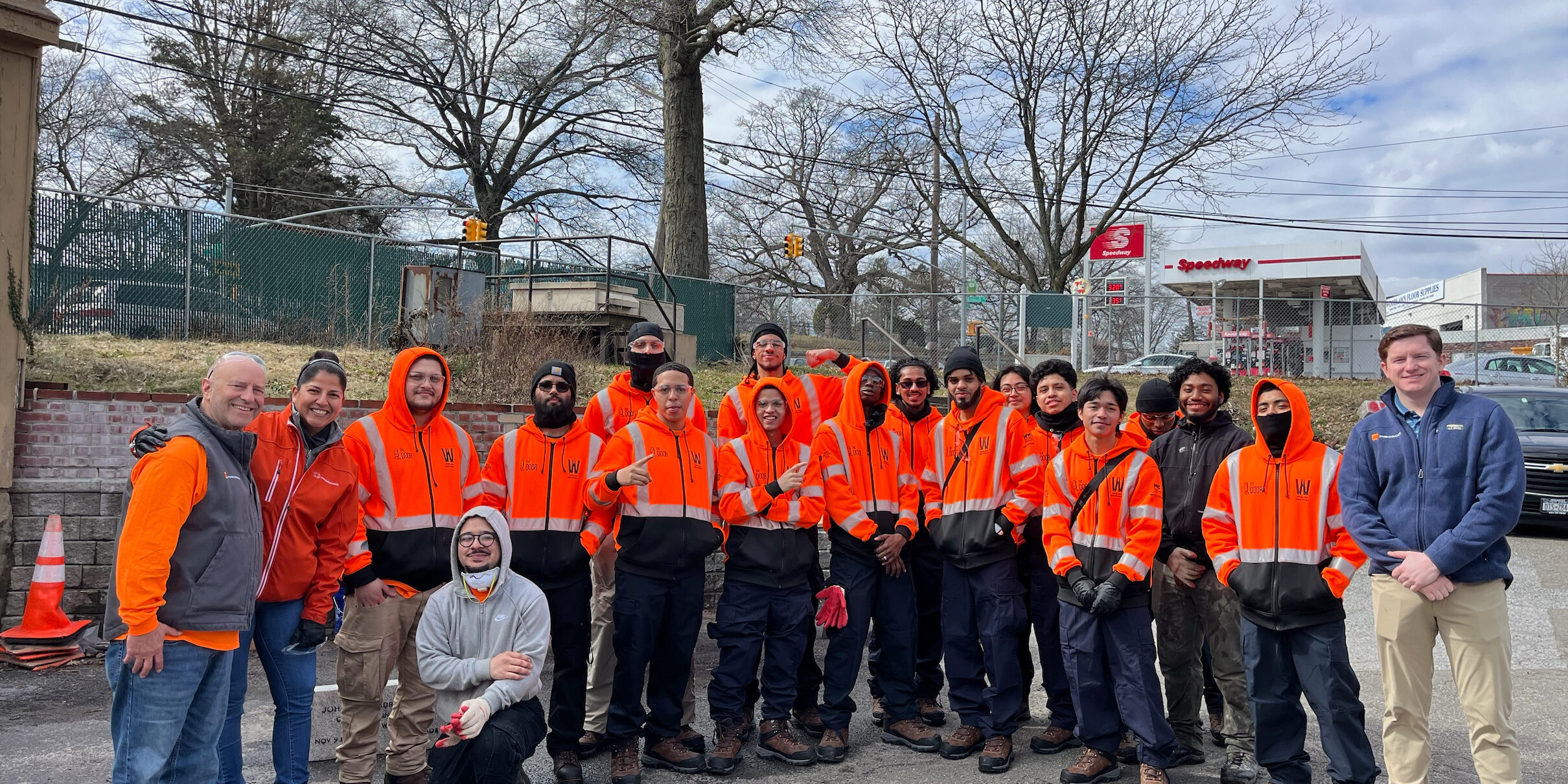
Multiple returns
This initiative produces a rare triple-win. In the short-term, the cemeteries’ stone monuments benefit from the restoration efforts. In the long-term, the trainees benefit from an introduction into a secure, well-paying industry and network, and the industry benefits from the additional entrants to the labor market.
Mazza learned from Wickremesinghe of one ultimate return she sees -- students who not only discover, but also go into the trades they learned in her program.
"This apprenticeship program piques their interest and some end up going into the masonry crafts," Mazza says. "Several students went in a direction of preservation ins ome type of masonry work. They're still young kids at 18. You can see they have a hunger for learning. This program gives them a push forward into something you can do with your hands, where you can become a skilled laborer and make a good living."
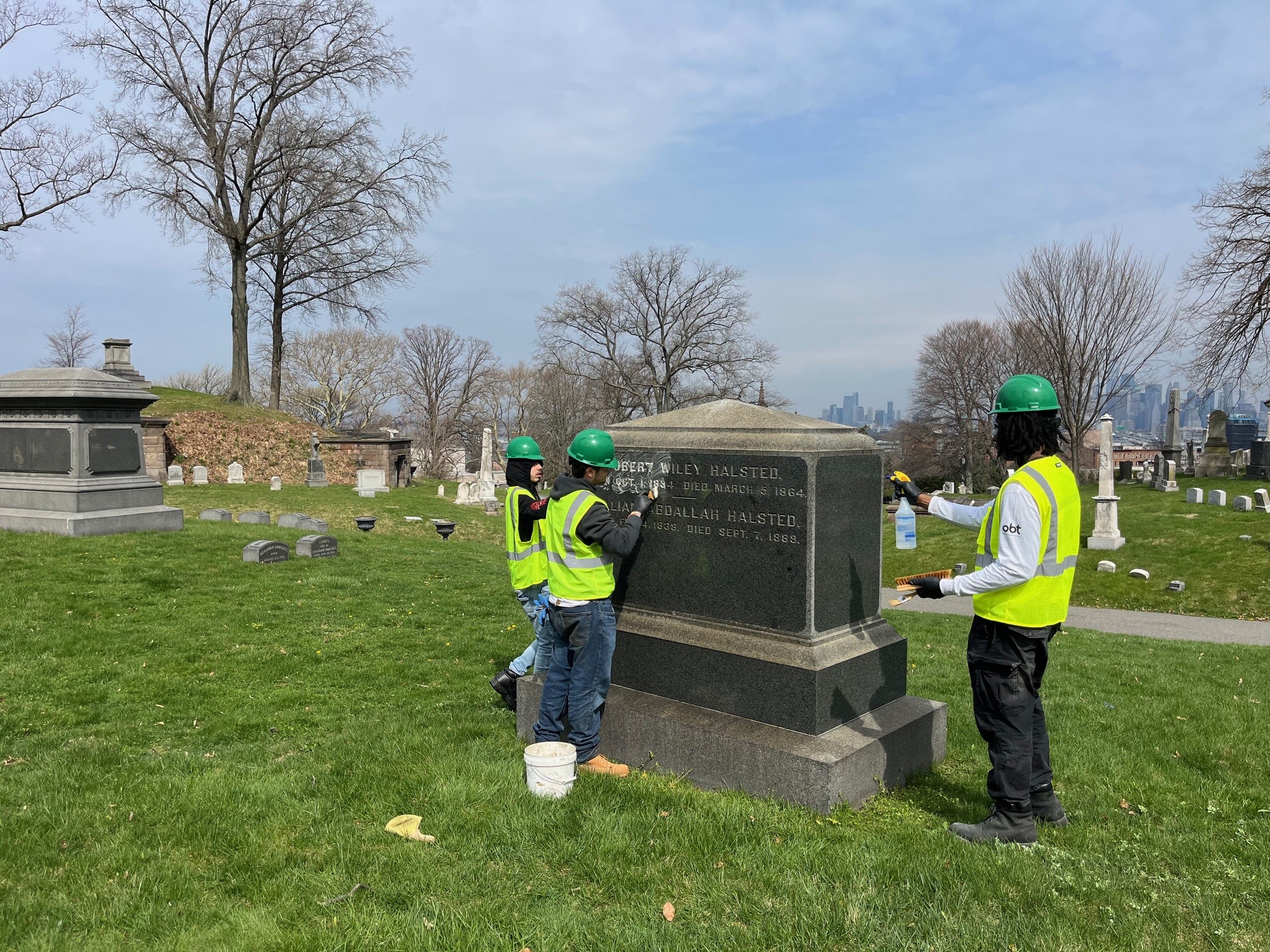
Mazza credits Wickremesinghe as a mentor to the young apprentices, but she also did something extra for Mazza.
"My parents are both buried at Green-Wood," Mazza says. "We went by their graves and their stones were kind of sinking in. I reached out to Neela and she took care of it. She personally fixed the markers. That was a special thing she did for me."
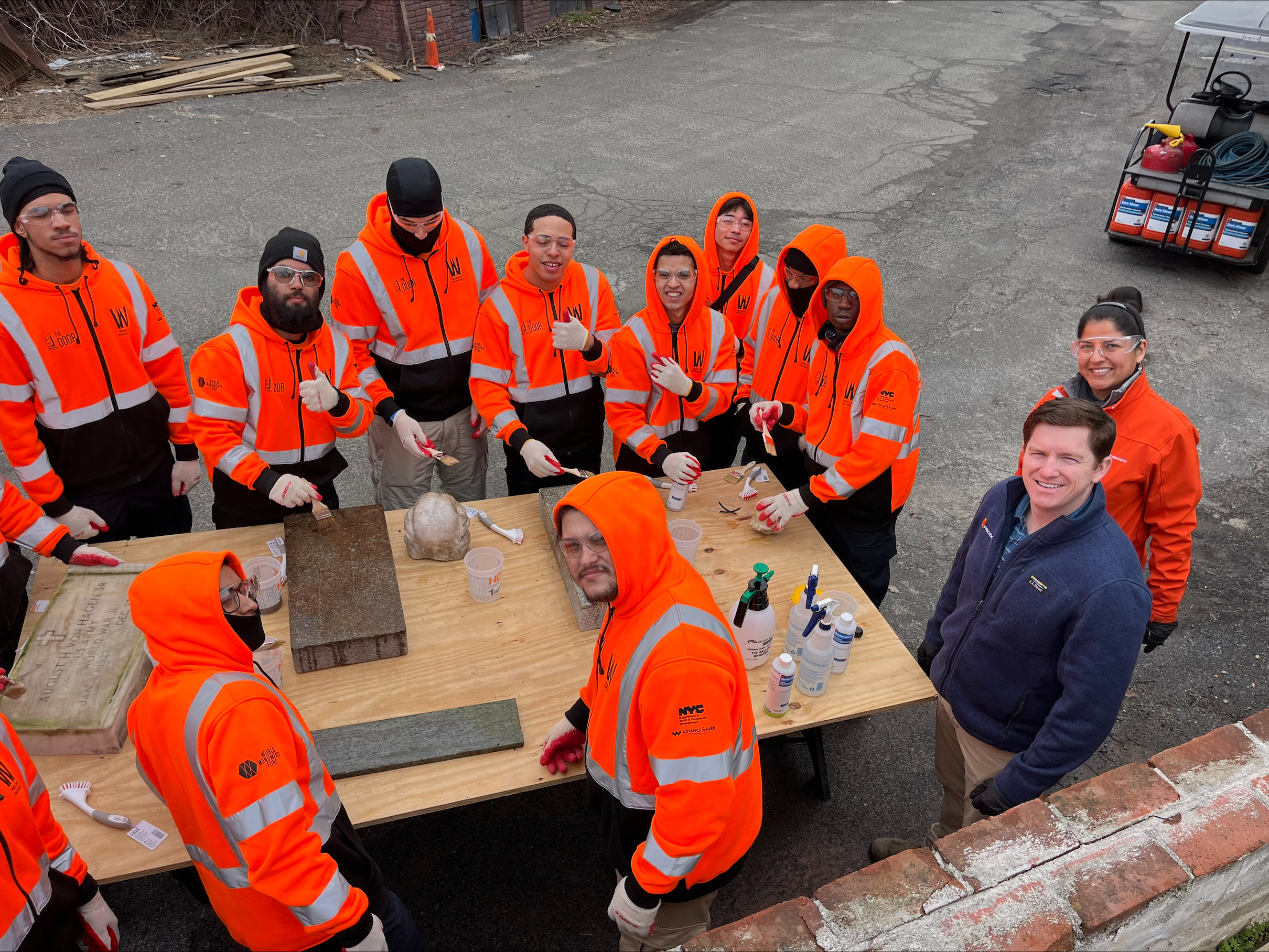
Proof of concept
Susan Olsen, director of historical services at The Woodlawn Cemetery, says that "all our young people have had job interviews. We see 100% employment offers if they want to work.”
That’s a major step up from alternative career paths that existed for these young people before they learned about Bridge to Crafts Careers.
“This 18- to 24-year-old group that’s not college-bound are traditionally working in food service, hospitality or retail,” Olsen said. “Those fields offer low wages and no hope for advancement or increased salary. They’re finding that the trades are great opportunities for them as far as living in a New York City community and being able to afford housing.”
And masonry restoration is a growing field – it’s seen a 14% increase in opportunity, Olsen said.
“We have trained Americans to think that the ideal job is to sit in front of a computer all day,” she said. “Back when I was a kid, you had vo-tech schools, you had home economics and shop and people had opportunities to be auto repair people and plumbers, and we stopped that. We became a computer-type world where it’s desirable to sit at your desk. Because of that, the pool of people to go into the trades has declined, but the demand has increased with our failing infrastructure. So, if you connect a person to the trades, it’s beneficial to them and it’s beneficial to the industry.”
In a video about The Woodlawn Cemetery’s preservation training program, former trainees testified to the ways the program helped them develop their careers.
Miguel Acevedo says the preservation training program provided the foundation for what he does today. He joined a local union within a year of graduating from the program and currently works in construction.
“Without the Woodlawn preservation program, I think I would be unhappy working at a retail job and barely making ends meet,” said Melanie Ayala, one of the first graduates of the program and employee for Integrated Conservation Contracting. She also counts the fact that the workshop is paid as a big benefit.
“It’s really hands-on, so you really learn everything,” Ayala added. “You’ll have the confidence to work in the field because they trained you the right way.”
More photos from the 2024 Bridge to Crafts class

